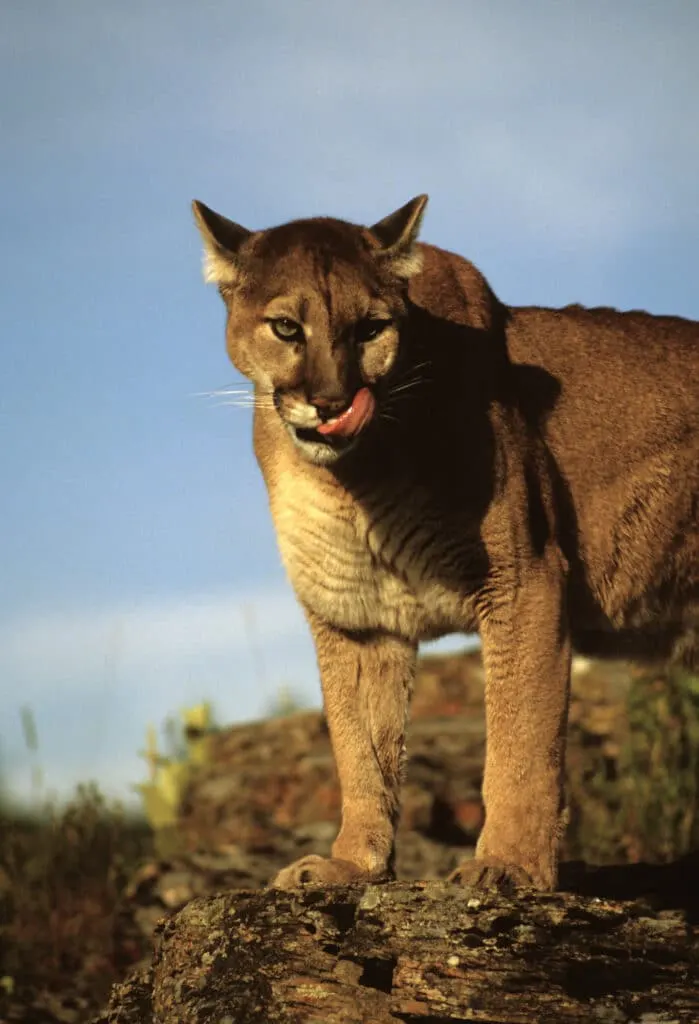California’s mountain lion population is one of the state’s most fascinating and elusive species. These majestic predators are known for their power, grace, and beauty, but unfortunately, they face multiple threats to their survival.
Studying California’s mountain lions has become increasingly important to understand their behavior, movement patterns, habitat use, and potential conflicts with human activities.
Through scientific research, we can better understand how mountain lions fit into their ecological communities. As well as work toward conservation strategies promoting long-term survival.
This blog will explore the fascinating world of California’s mountain lions and the importance of studying these magnificent creatures.
Skip ahead to any section below!
Characteristics of Mountain Lions
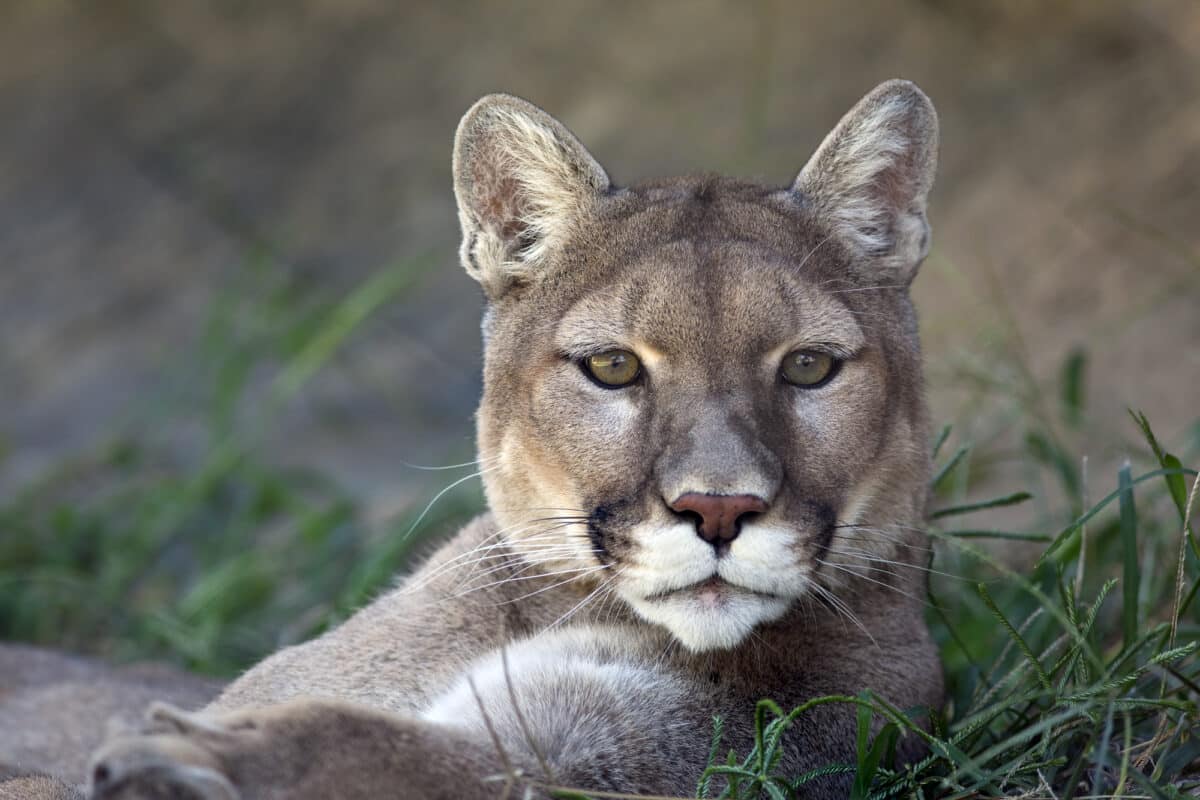
These big cats are known for their impressive physical appearance and remarkable hunting abilities. In this article, we will go into detail about the characteristics of mountain lions, including their physical appearance and behavior. We will also dive into the adaptations that make them successful predators, and their diet and hunting habits.
Physical Appearance and Behavior
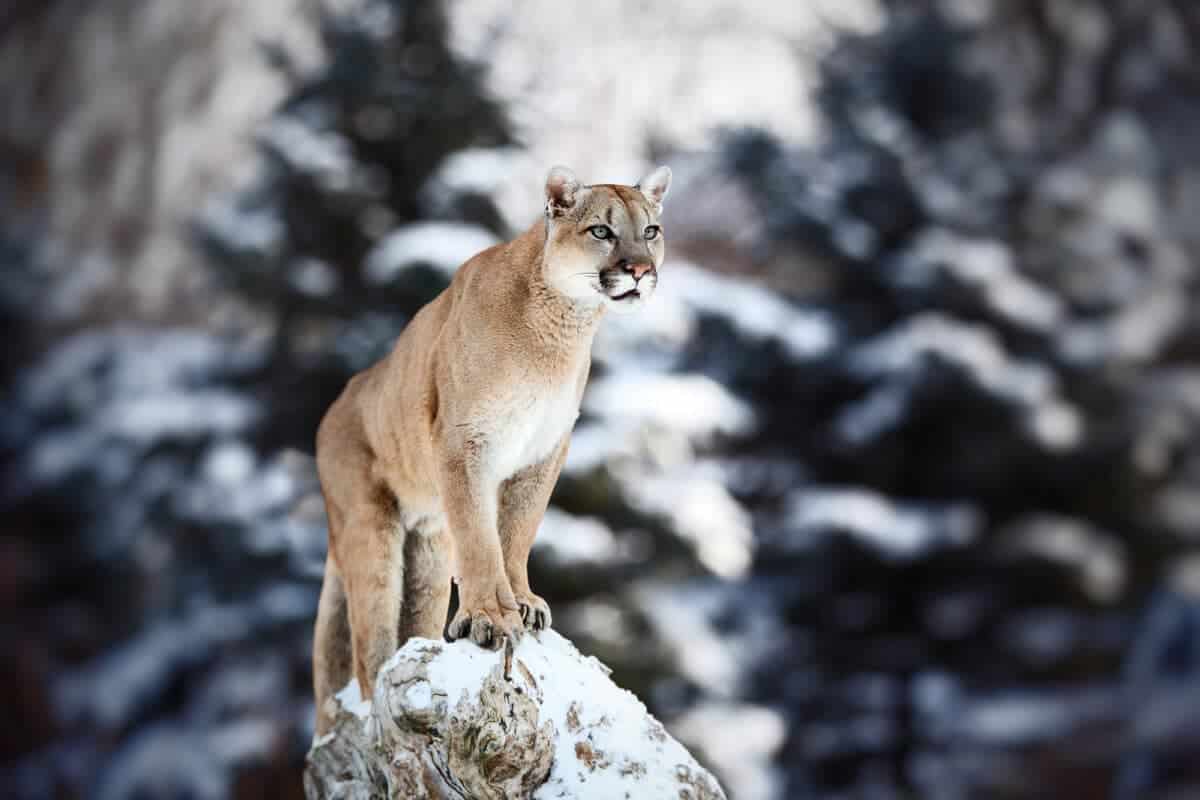
Mountain lions are formidable creatures, showcasing remarkable agility and muscularity. Adult males can reach lengths of up to 8 feet and weigh as much as 220 pounds, while their female counterparts, though slightly smaller, are still impressive at a maximum length of 6 feet and weighing up to 140 pounds. These sleek predators possess slender bodies and sport short, reddish-brown fur, which becomes thicker during the winter months.
Characterized by small, rounded ears, short snouts, and long, sinewy legs, mountain lions are built for exceptional speed and agility. They are solitary hunters, preferring to prowl alone, and often conduct their hunting activities during the cover of night. Their acute sight and hearing abilities make them even more proficient predators in the darkness.
Check out Witness A Great White Shark Next To A Surfer In California.
Adaptations That Make Them Successful Predators

Mountain lions have numerous adaptations that make them skilled hunters. Their retractable claws are razor-sharp and are essential for catching and holding onto prey. Their powerful hind legs are adapted to provide incredible bursts of speed when necessary, allowing them to catch prey in short, sudden sprints.
In addition, mountain lions have excellent eyesight and hearing, which help them locate and track prey in all terrain. They are also incredibly stealthy and can move silently through their environment, making them even more challenging to detect.
Check out: Meet San Francisco’s Urban Coyote Population.
Diet and Hunting Habits
Mountain lions are carnivorous predators that feed primarily on deer, elk, and other large mammals. However, they are opportunistic hunters who take whatever prey is available, including raccoons, possums, and smaller rodents.
They generally hunt by stealth and ambush, using their excellent eyesight and hearing to locate prey before pouncing on it with lightning-fast speed. Mountain lions often stalk their prey for hours, waiting for the perfect moment to strike. Once they have caught their prey, they usually drag it to a secluded area to eat.
Habitat and Distribution
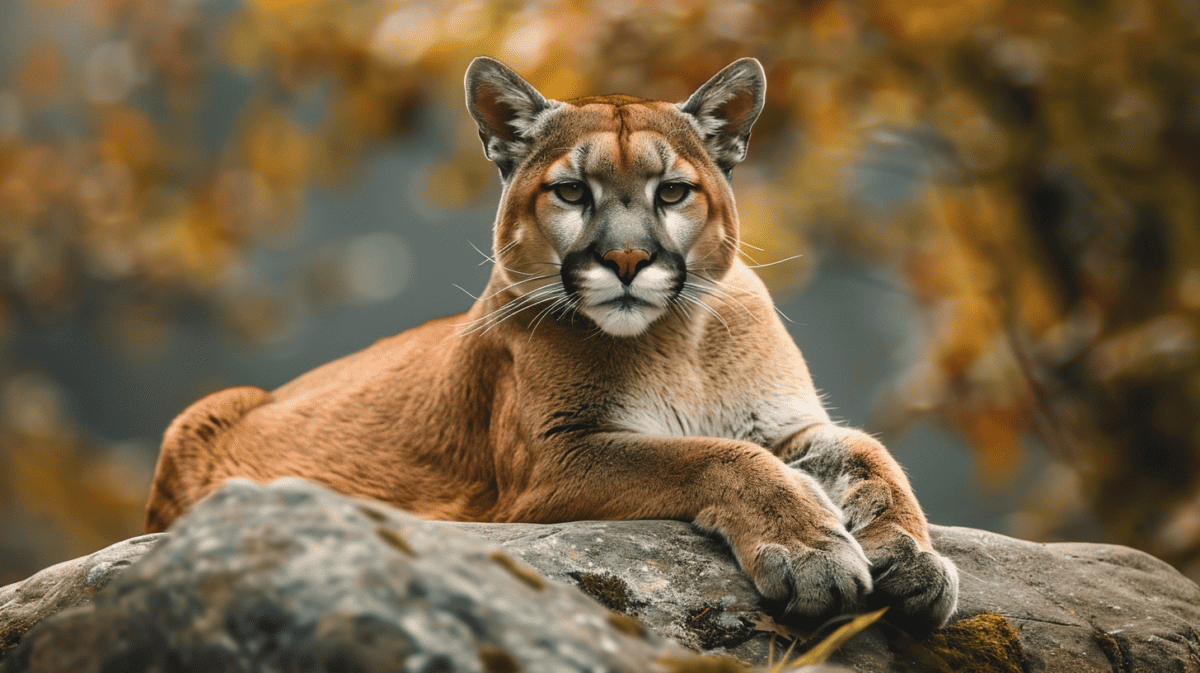
The mountain lion, also known as the cougar, is native to California and can be found across different regions, including coastal and inland areas, as well as mountains and valleys.
Prey availability, water sources, and adequate cover influence their geographic location. Typically, mountain lions prefer habitats with a mix of vegetation, including woodlands, coniferous forests, and chaparral.
Preferred Habitats and Terrain
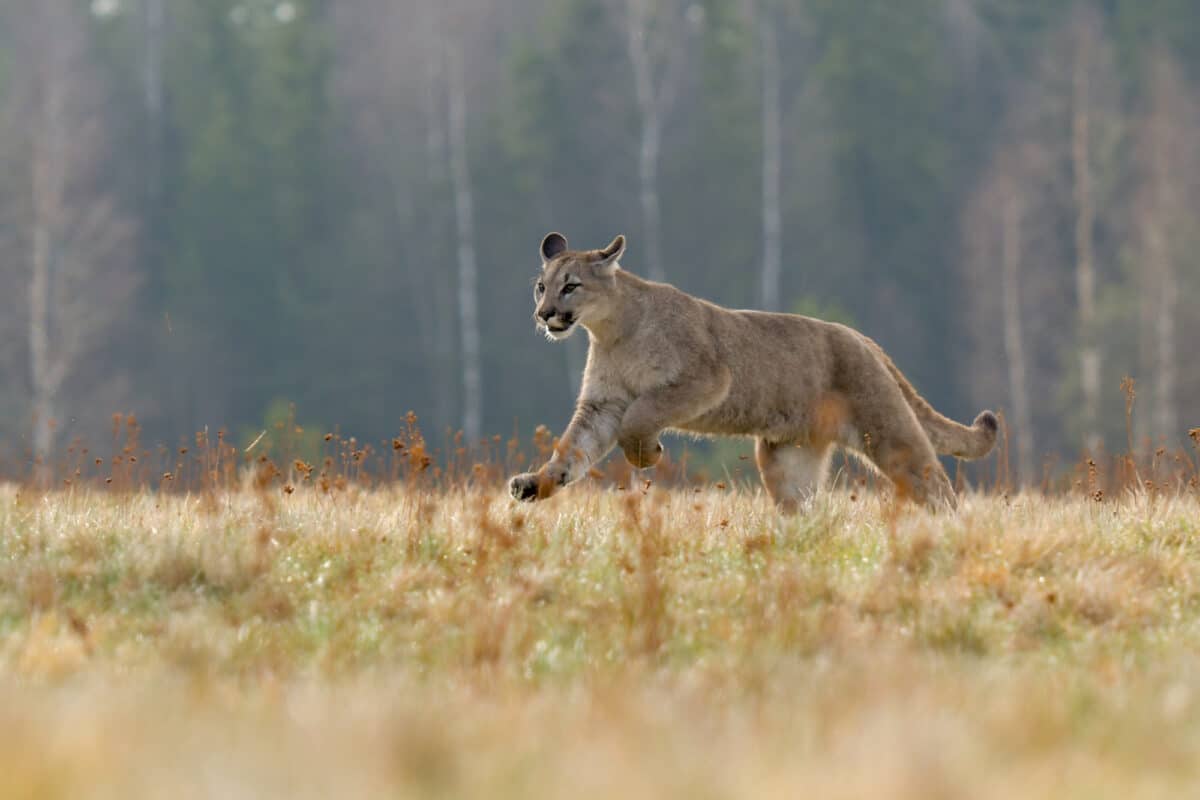
California’s mountain lion population is concentrated in regions with a large prey base, such as deer, a primary food source for these large cats. They can be found throughout the state, from the Sierra Nevada mountain range to the coastal regions and even in urban areas.
The state’s southern region has been observed to have the highest concentration of mountain lions, with the Santa Ana Mountains and San Gabriel Mountains being particularly popular with these felines.
Mountain lions also have specific terrain preferences within their habitat. They tend to favor areas with rocks and rugged terrain as it provides cover for them to ambush prey and escape from predators.
This makes them particularly suited to life in the mountainous regions of California, where they have adapted to navigating through steep slopes and rocky crevices.
Factors That Affect Their Range And Distribution
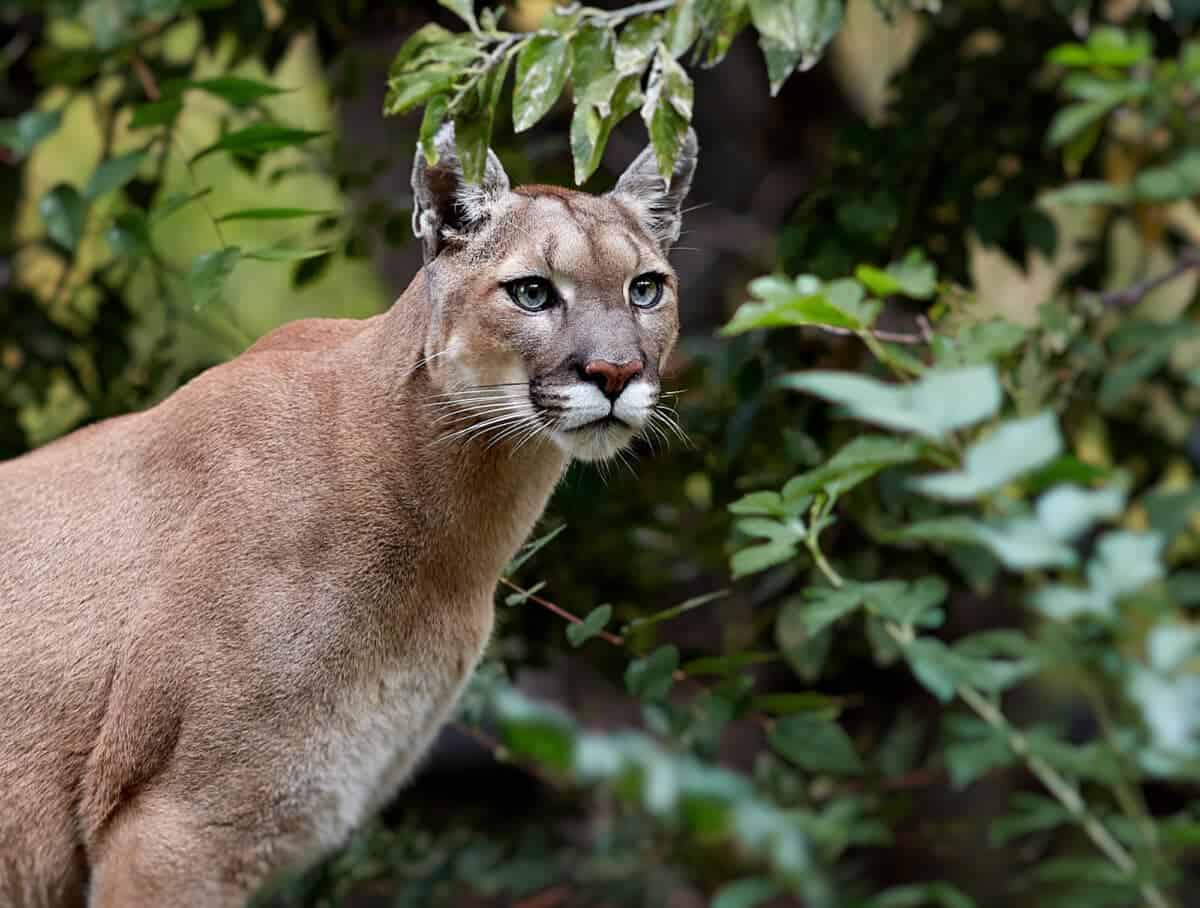
Human activity, habitat fragmentation, and development have affected the range and distribution of California’s mountain lion population over time. Habitat loss and fragmentation resulting from urbanization and agricultural expansion have reduced available space for the animals to roam, forcing them into smaller, isolated ranges.
Additionally, conflicts with humans, particularly ranchers, have also impacted their distribution, as these conflicts often result in government-sanctioned hunting and removal of the animals.
Nevertheless, conservation efforts have been implemented to protect mountain lions in California, including protected areas, habitat restoration, and measures to reduce human-wildlife conflict.
These efforts have improved the species’ range and distribution and helped ensure their survival within the state.
Check out Explore Pennsylvania’s Coyote Population.
Population Dynamics
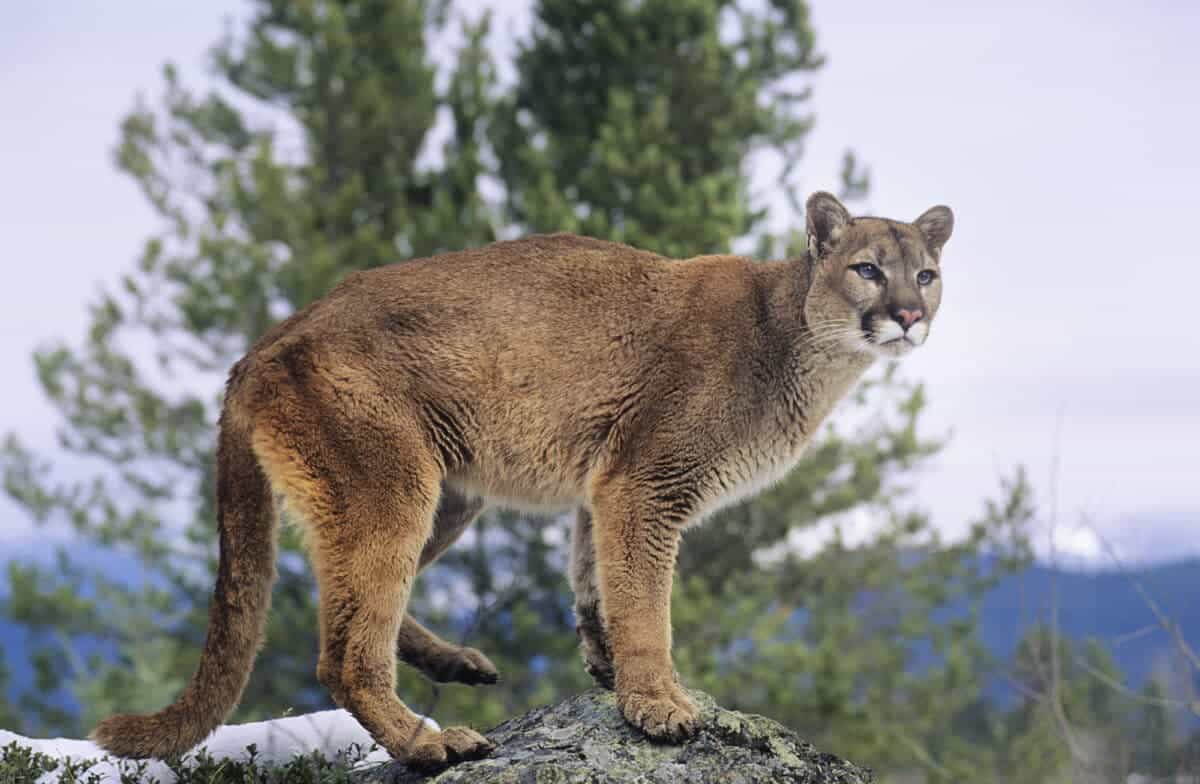
The mountain lion population of California has long been a topic of discussion and concern among wildlife enthusiasts and conservationists alike. The size and growth rate of this mountain lion population are crucial aspects to consider when studying the dynamics of the species.
The current estimates suggest that there are around 4,000 mountain lions in California, making it the state with the largest population of these big cats in the United States. However, despite their abundance, this population has steadily declined over the years due to various factors. These include disease outbreaks, hunting, and habitat loss.
Factors Affecting Mountain Lion Populations
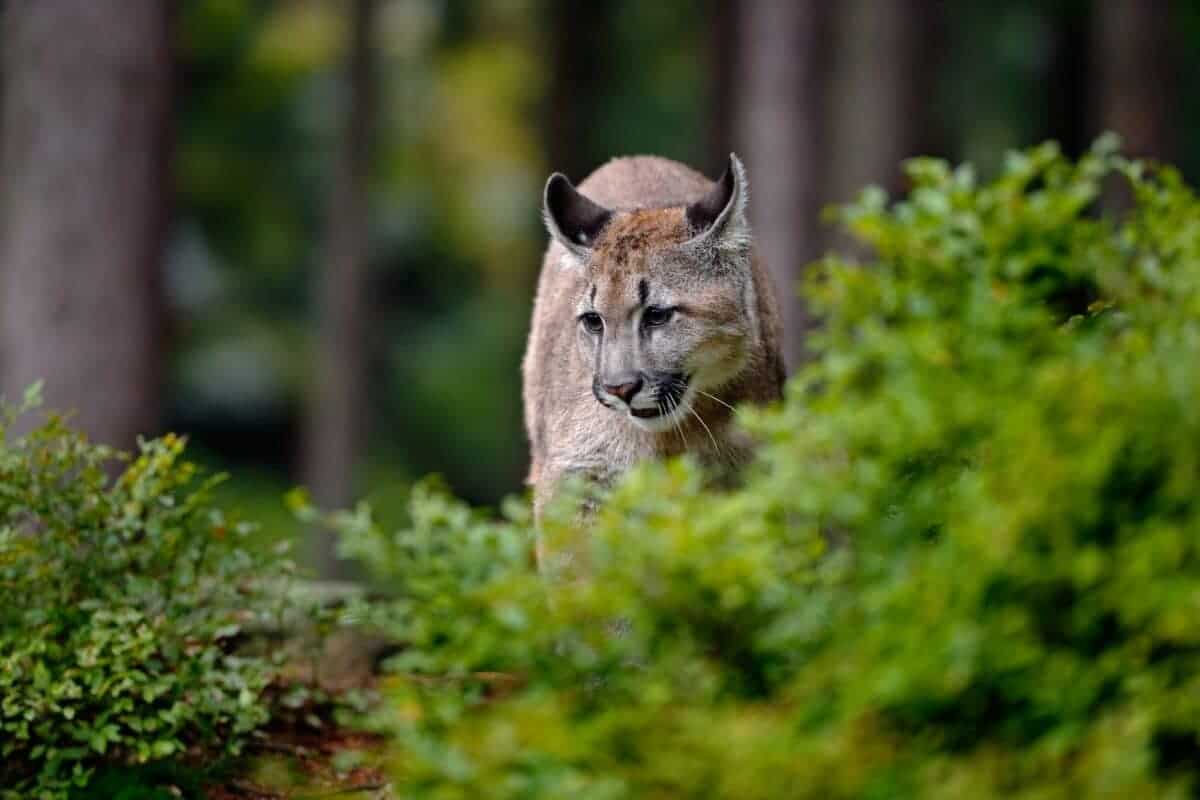
Disease outbreaks have been one of the most significant factors impacting the mountain lion population in California in recent years. The spread of diseases like feline leukemia and distemper, which can be contracted through contact with domestic cats, has significantly declined the mountain lion population.
Hunting has also played a critical role in California’s decline in mountain lion populations. Mountain lions are often hunted for their pelts and meat, which are in high demand on the black market.
Additionally, trophy hunting poses a significant threat to mountain lions. Their presence often comes into direct conflict with human activities, leading to increased hunting pressure and habitat loss.
Habitat loss is another factor contributing to the decline of mountain lion populations in California. Urbanization has resulted in the loss of crucial habitat areas. Forcing mountain lions to move into more densely populated areas in search of food.
As a result, mountain lions are more likely to come into contact with human populations. This increases the risk of human-mountain lion interactions.
Human-Mountain Lion Interactions

The interactions between humans and mountain lions in California have been a source of much debate and discussion. While these big cats symbolize strength and power, they can be dangerous and unpredictable when close to humans.
However, the increase in human-mountain lion interactions in California is mainly due to habitat loss and mountain lions’ movement into more densely populated areas. These interactions can result in attacks, which can be fatal to humans and mountain lions.
Thankfully, measures are in place to prevent such traumatic encounters between humans and mountain lions. This includes educating people about how to react when coming into contact with mountain lions, as well as stricter regulations about hunting and protecting the species’ natural habitats.
Check out: Meet Florida’s Alligator Population.
Key Points
| California’s mountain lion population is estimated to be between 4,000 and 6,000 individuals. |
| The mountain lion is also known as the cougar, puma, or panther. |
| Mountain lions are solitary and territorial, with males having larger territories than females. |
| Habitat fragmentation and loss is one of the biggest threats to mountain lions in California. |
| The loss of mountain lions can trigger a cascade of effects, leading to overpopulation of herbivores, damage to vegetation, and ultimately, ecosystem collapse. |
It’s A Wrap
In California, mountain lions hold a critical position in the ecosystem. They are apex predators, meaning they sit atop the food chain and play a crucial role in regulating prey populations.
The loss of mountain lions can trigger a cascade of effects, leading to overpopulation of herbivores, damage to vegetation, and, ultimately, ecosystem collapse. By protecting these big cats, we protect the environment.
We must work collectively to maintain their habitats, corridors, and populations for future generations to enjoy. Each individual can make a difference by taking measures to help protect these magnificent creatures and their habitat.
Thanks for reading along! If you enjoyed this article, these are related links: Lion versus the Puma, Siberian Tiger compared to the African Lion, and Gorilla or the Cape Hunting Dog.
Join our Forum for free today!

- Huge Pet Bison Breaks Into House - July 22, 2024
- Giant Black Bear Surprises Beachgoers by Emerging from the Ocean in Florida - July 22, 2024
- Brave Man Plays Instrument While Huge Bear Caresses His Shoulder - July 22, 2024

